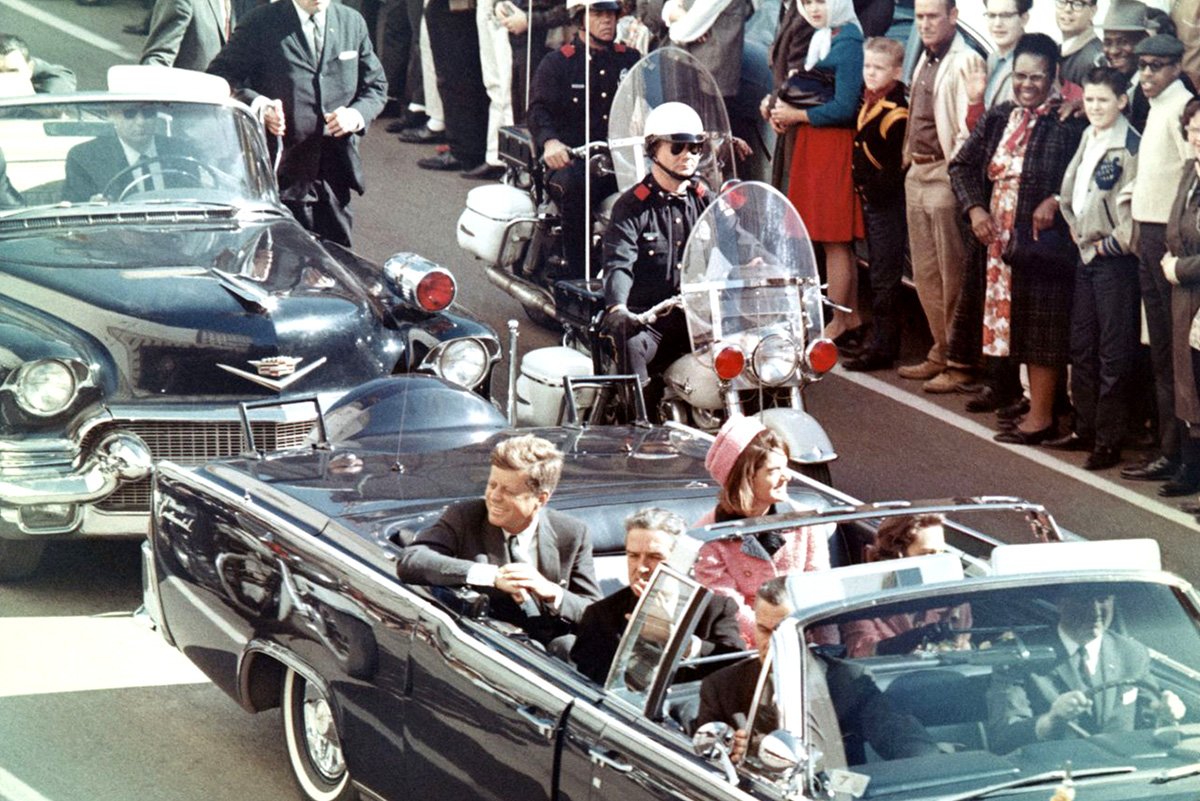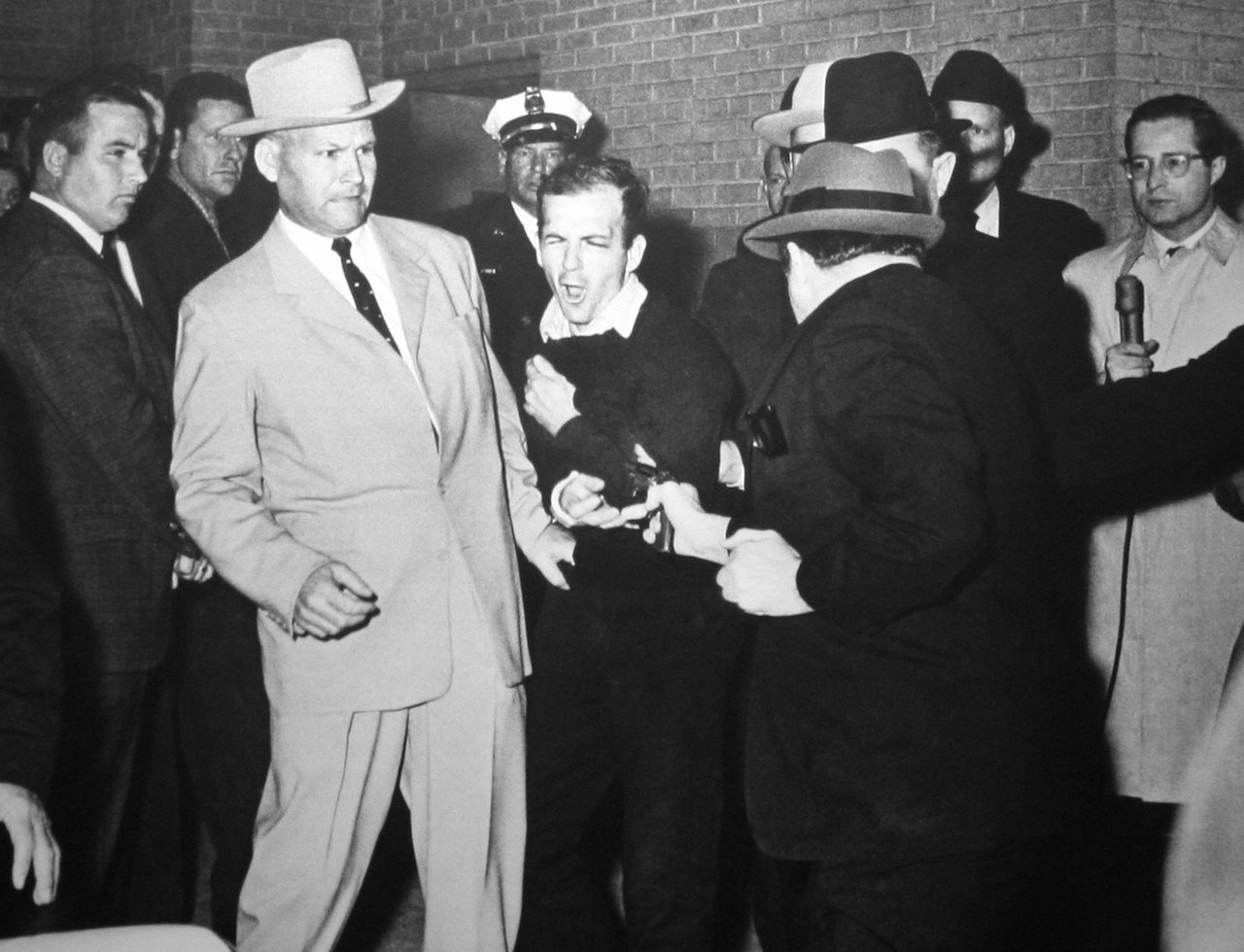National Archives Releases Declassified Documents on Kennedy Assassination

President John F. Kennedy and his wife, Jackie, ride in the motorcade on parade, Nov. 22, 1963. The president was in Dallas to smooth relations within the Democratic Party. Photo courtesy of Wikimedia Commons.
The National Archives and Records Administration on Wednesday, Dec. 15, released 1,491 previously classified documents regarding the assassination of President John F. Kennedy. The move followed a memorandum issued by President Joe Biden.
Since 2017, the National Archives and Records Administration has released more than 100,000 pages of classified material related to the Kennedy assassination. The pages span materials from ticker tape messages and phone calls to more contemporary forms of communication, such as emails.
According to the official story, gunman Lee Harvey Oswald waited in the upper-story window of the Texas School Book Depository in Dallas with a rifle as Kennedy’s motorcade slowly made its way through downtown on Nov. 22, 1963. After the shooting, ambulances rushed the president to the nearby Parkland Hospital, where doctors later pronounced him dead.

Kennedy’s assassination has inspired numerous conspiracy theories over the years. These range from the “phantom bullet” theory to blaming culprits in high places, such as the CIA, the FBI, the Soviets, Vice President Lyndon B. Johnson, time travelers, a “Kennedy curse,” and an elderly woman wearing a scarf.
Historians and archivists look forward to sorting through the released documents, many of which relate to Oswald, Kennedy’s assassin. Local nightclub owner Jack Ruby killed Oswald on Nov. 24, 1963, before authorities could prosecute him.
After Kennedy’s death, newly appointed President Johnson immediately created the President’s Commission on the Assassination of President Kennedy to investigate the assassination. Nicknamed for its chairman, Chief Justice Earl Warren, the commission concluded that Oswald had committed the crime alone.
Even so, the Warren Commission’s results remain highly controversial and are frequently disputed by experts and armchair investigators alike. The cache of documents, which are now in the public domain, could provide new clues for modern historians and investigators.
Read Next:

Lauren Coontz is a former staff writer for Coffee or Die Magazine. Beaches are preferred, but Lauren calls the Rocky Mountains of Utah home. You can usually find her in an art museum, at an archaeology site, or checking out local nightlife like drag shows and cocktail bars (gin is key). A student of history, Lauren is an Army veteran who worked all over the world and loves to travel to see the old stuff the history books only give a sentence to. She likes medium roast coffee and sometimes, like a sinner, adds sweet cream to it.
BRCC and Bad Moon Print Press team up for an exclusive, limited-edition T-shirt design!
BRCC partners with Team Room Design for an exclusive T-shirt release!
Thirty Seconds Out has partnered with BRCC for an exclusive shirt design invoking the God of Winter.
Lucas O'Hara of Grizzly Forge has teamed up with BRCC for a badass, exclusive Shirt Club T-shirt design featuring his most popular knife and tiomahawk.
Coffee or Die sits down with one of the graphic designers behind Black Rifle Coffee's signature look and vibe.
Biden will award the Medal of Honor to a Vietnam War Army helicopter pilot who risked his life to save a reconnaissance team from almost certain death.
Ever wonder how much Jack Mandaville would f*ck sh*t up if he went back in time? The American Revolution didn't even see him coming.
A nearly 200-year-old West Point time capsule that at first appeared to yield little more than dust contains hidden treasure, the US Military Academy said.












